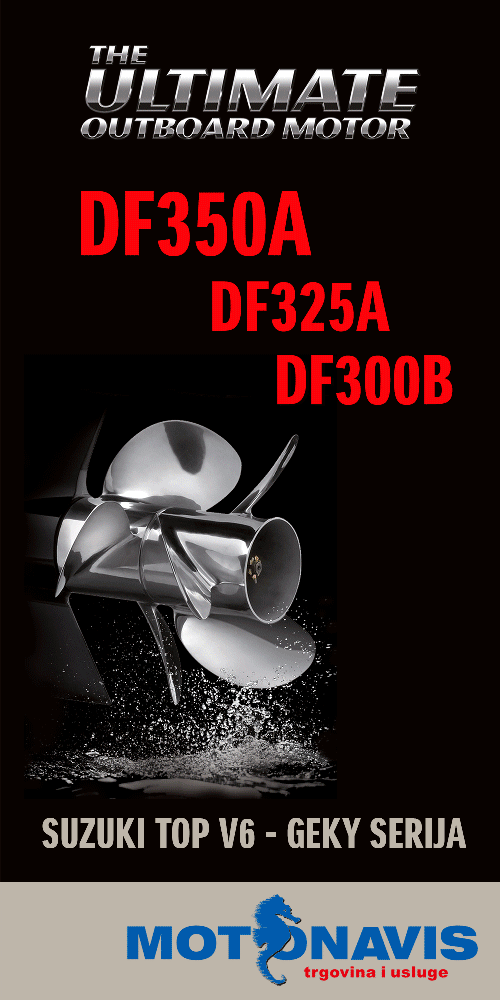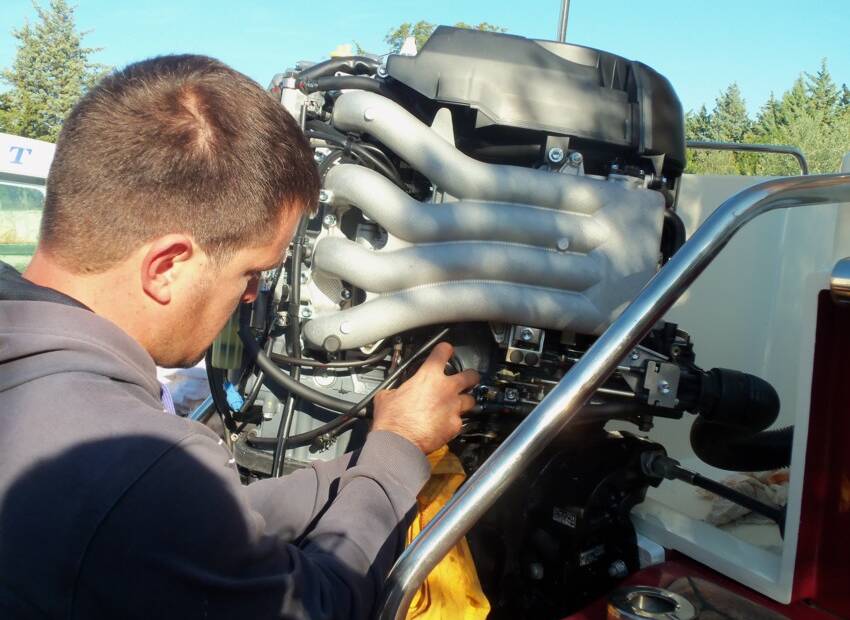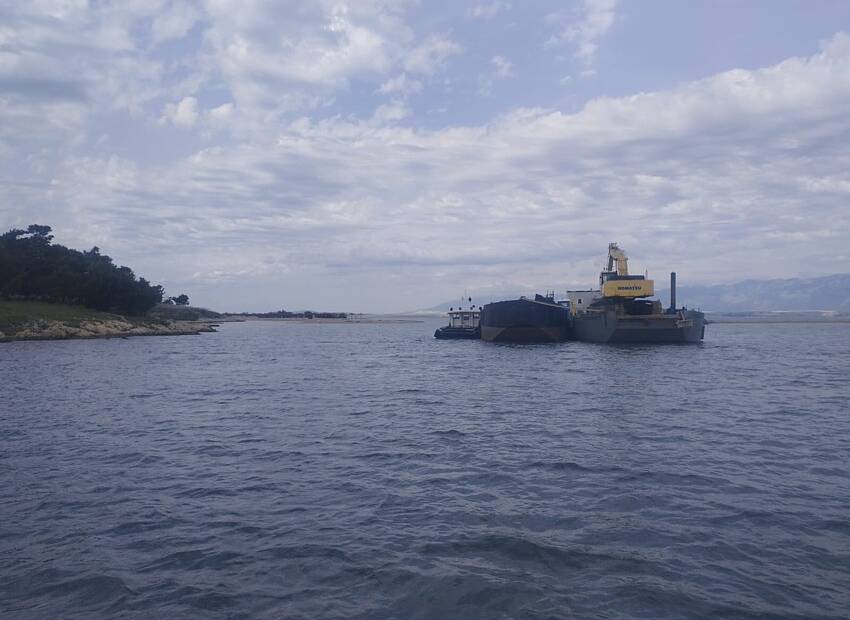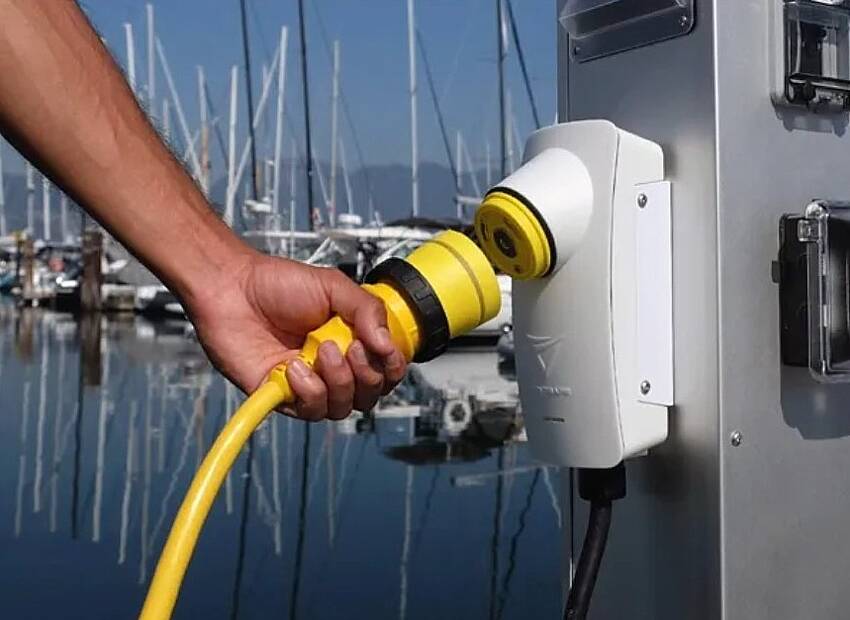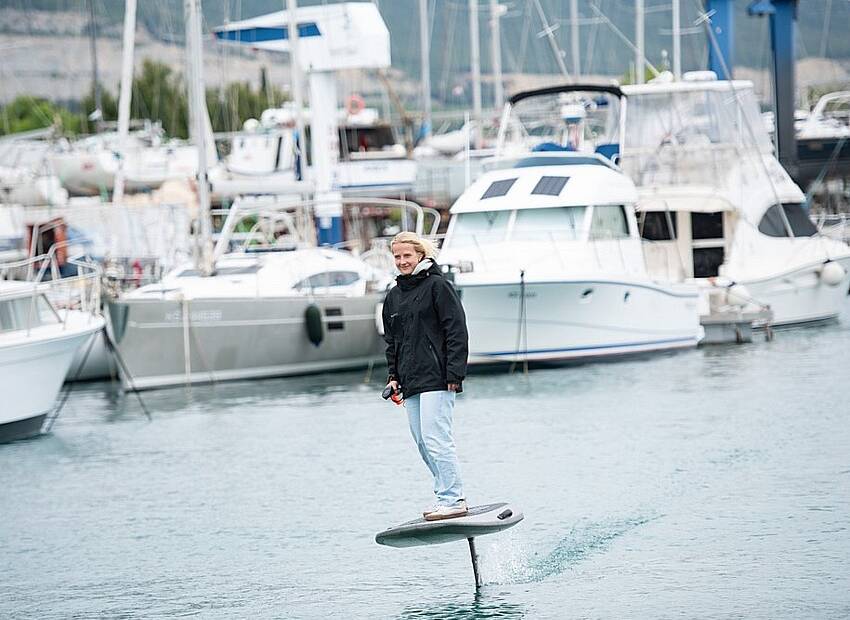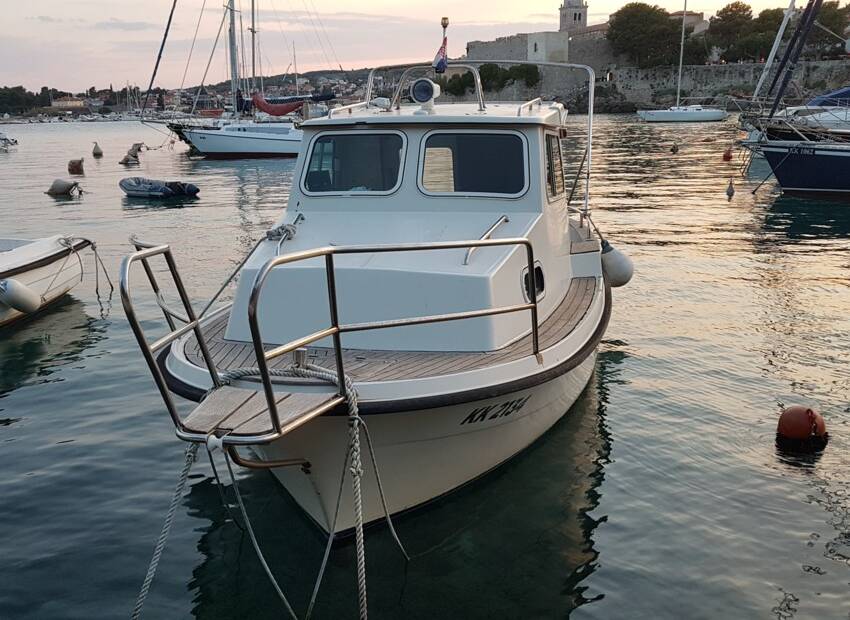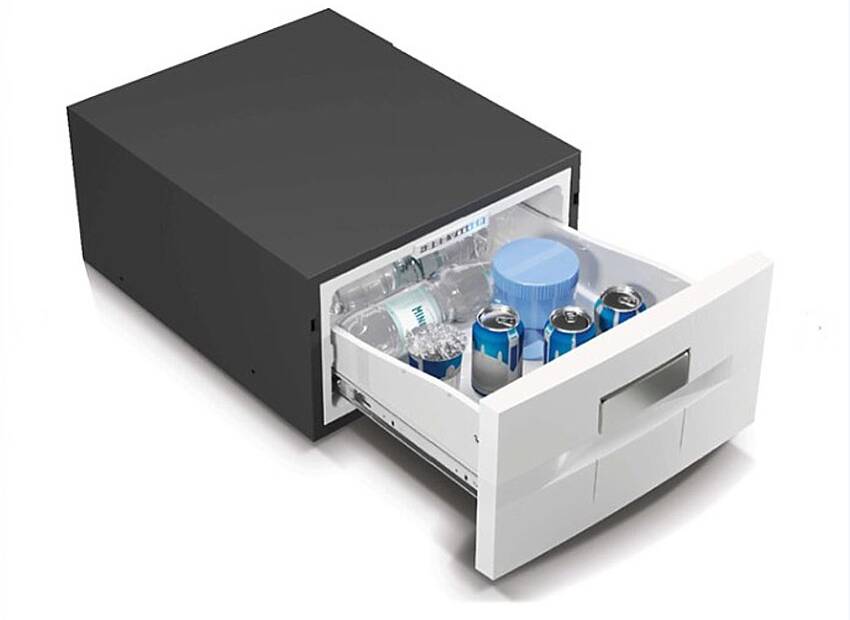Selecting the right propeller for your boat´s motor is sometimes as much art as it is science. That´s because every boater uses their boat in different ways and under different conditions. The January 2009 issue of Seaworthy from BoatUS Marine Insurance recently looked at why you may want to take a closer look at your prop this winter and ask yourself these five questions:
1. Is your boat slow to come onto plane? Pitch is the theoretical distance a prop makes though the water in one revolution. If a prop has too much pitch the boat will have a lousy "hole shot" - meaning its ability to get on plane quickly will suffer, similar to trying to start a car from a stop in third gear.
Your tachometer can also indicate potential problems with pitch. Assuming you have a clean, well-maintained boat, your boat´s engine should reach within 100-200 revolutions per minute of its rated wide open throttle (WOT). If not, a prop shop may need to adjust pitch.
2. Does your engine over-rev and boat seem slow? If there is too little pitch in the prop, the engine will over-rev and go past its redline at WOT. A prop shop can also add more pitch or recommend a new prop. Both under and over-reving can seriously damage an engine.
3. Did you run over a log, hit a sandbar or stump? You may have forgotten about that little bump that happened last summer, but your prop hasn´t and it could affect performance when you launch in the spring. One prop shop proprietor reported to Seaworthy that 80% of the damaged propellers that come in to his repair facility look healthy at first glance - until they are reviewed with computerized repair equipment.
4. Do you want to go faster? The first place to look is the prop. Stainless-steel props, with thinner and stronger blades, allow slightly more speed. However, the trade-off is that they are also more costly to purchase and repair, and should you strike a submerged object a stainless prop has the potential to cause greater lower unit damage than an aluminum prop.
5. Using too much fuel? It´s a good idea to monitor fuel flow, either with a fuel flow meter or by doing the math. When fuel economy starts to suffer the first thing to check is for propeller damage as a dinged prop can easily rob you up to 10% in fuel costs.
Seaworthy press release
About Seaworthy:
Published four times a year by BoatUS Marine Insurance, Seaworthy´s pages are filled with case studies that provide insight into how to avoid accidents, breakdowns, injuries and the "unexpected" circumstances that can jeopardize the safety of your boat and guests. Annual subscriptions are available for $10 at BoatUS.com/Seaworthy For a free online insurance quote, go to BoatUS.com/Insurance or call 800-283-2883.
Related articles

Suzuki WATERGRIP propellers
Suzuki launches new performance propeller range at the Japan International Boat Show in Yokohama




